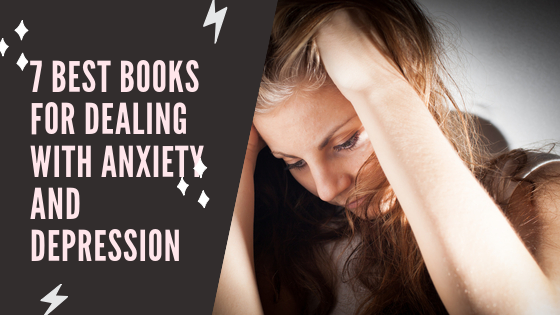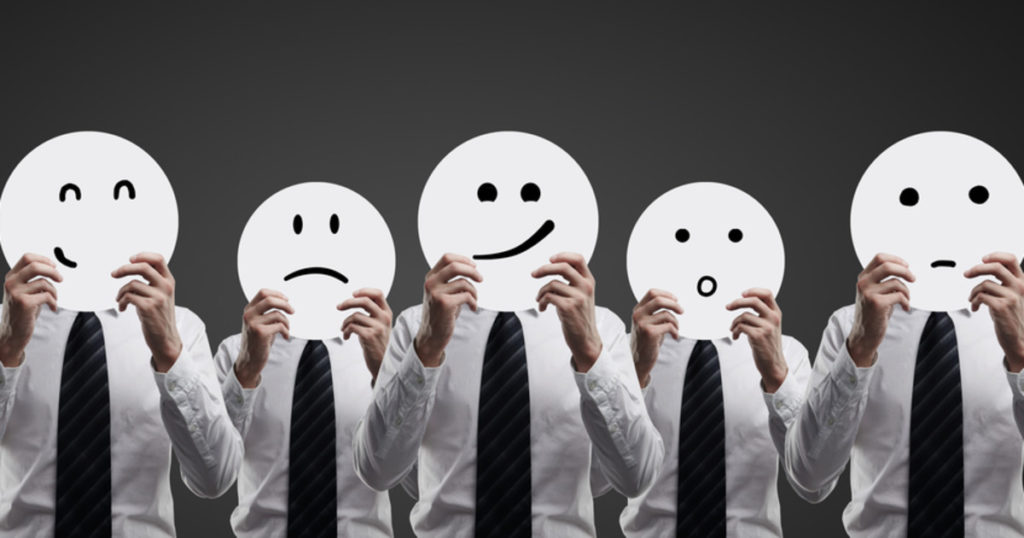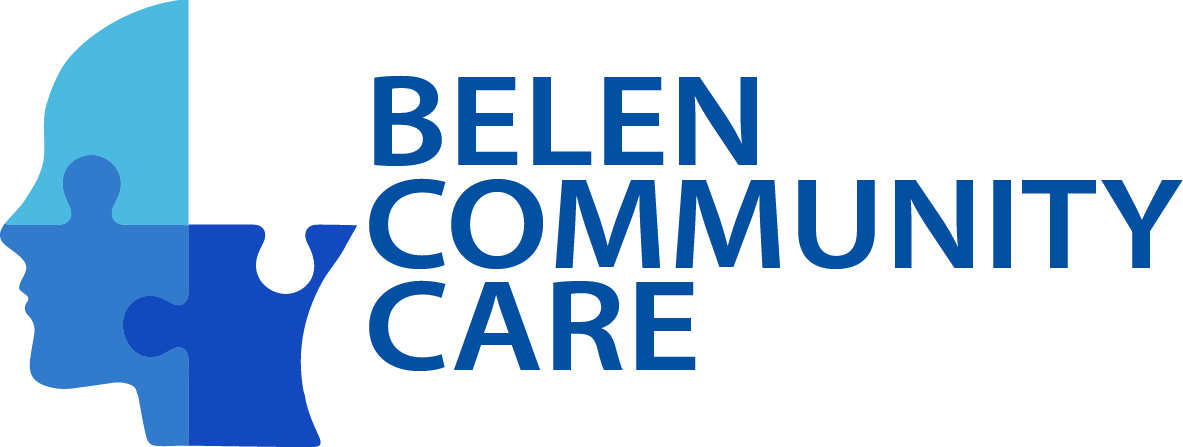
More than just feeling down or having a bad day, depression is a mood disorder that affects the way you think, act, and feel. It can take different forms and affect individuals in different ways.
Read about depression and how it affects people, and what treatments and lifestyle changes improve symptoms, and how more people can get the help they need. There are quite a few resources out there. The following books each offer a unique perspective.
“Be Calm: Proven Techniques to Stop Anxiety Now”
Jill Weber, Ph.D., a DC-area clinical psychologist, dives deep into the science behind anxiety, your emotions, and their physical ramifications on the body. Most importantly, she shows you how to use this knowledge to help you spot and deal with racing thoughts, worst-case scenario thinking, or a self-defeating mentality, all of which may prompt you to behave in ways that reinforce anxiety.

Her techniques tap evidence-based methods, including cognitive behavioral therapy, acceptance and commitment therapy, and mindfulness. “My clients who use these methods tell me that although they are still aware of their worried thoughts, those thoughts no longer have the same power over them,” Weber writes.
“Retrain Your Brain: Cognitive Behavioral Therapy in 7 Weeks”
If you’re not ready for the step of seeing a psychologist or one is not accessible to you, then this book from Seth Gillihan—a licensed psychologist and Clinical Assistant Professor of Psychology in the Psychiatry Department at the University of Pennsylvania—is billed as a resource to “learn to be your own therapist.”
Like other books on anxiety, Gillihan teaches cognitive behavioral therapy to manage symptoms. Presented workbook style, you’re encouraged to be more than just a passive participant learning CBT techniques but take a more active role in your care. He breaks it into seven weeks, each week building upon the next, including setting goals, breaking negative thought patterns, and facing your fears. It’s kind of like spending weekly sessions with Gillihan. One bit of advice: Don’t skip the writing prompts—they’re important for your journey.
“10% Happier: How I Tamed the Voice in My Head”
Dan Harris teaches the art of the mini-meditation for skeptics. He was once a skeptic, too: The news anchor had a panic attack on air—and it was finding meditation that brought him back from the brink and hurling toward happiness. He says that mindfulness meditation can quiet that inner voice (the one that’s telling you to do more and be more at the expense of all else) while still being a productive go-getter. If mindfulness seems a bit out there for you, you’ll not only relate to the stories Harris shares but also learn a lot about making peace with that inner critical voice.
“The New Way to End Anxiety and Stop Panic Attacks”
If you’ve struggled with traditional advice to stop anxiety and panic attacks but have found that it didn’t work for you, you’re in need of a new approach. Author Barry McDonagh advocates for facing fears, anxiety, and panic head-on and accepting its presence, a method he says changed his life and can change yours.
His teachings take work to implement but can help you rewrite your response and change your body’s physiology when panic attacks start (when driving, getting on an airplane, in crowds). As an adjunct to the book, you can also download the DARE app, so you can keep the techniques close by to tap into when you need them the most.

“How to Be Yourself: Quiet Your Inner Critic and Rise Above Social Anxiety”
Social anxiety is about being more than just shy or introverted. Clinical psychologist and author Ellen Hendriksen, P.h.D calls herself the “anxiety whisperer.” “Social anxiety is self-consciousness on steroids,” she says. It’s believing that you’ll mess up and get criticized or that you have to sound clever or smart (but never will).
Hendriksen teaches cognitive behavioral therapy to manage these social fears, whether yours crop up at events, speaking engagements, meeting new people, hanging out with friends, or at work. By the end of the book, you’ll be closer to shaking that dark cloud of fear that you’re always being judged and discover a big boost of confidence. Because, as you’ll learn: your true self is enough.
“Don’t Feed the Monkey Mind: How to Stop the Cycle of Anxiety, Fear, and Worry”
Licensed psychotherapist Jennifer Shannon wrote this book with the idea to stop the constant chatter of your “monkey mind,” or the state anxious individuals can fall into as they try to run away from the things they fear. She taps into her past with anxiety and explains that years spent trying to uncover the root of her anxiety only made it—and her panic attacks worse. That’s why she shifts the focus, urging you to acknowledge your fears.
She also presents strategies to effectively cope with the day-to-day worries that can feel all-consuming and stand in your way of a fulfilling life. With humor woven in throughout and cutesy illustrations to lighten the mood, this is one book that you’ll enjoy and feel good reading.
“The Missing Stage of Grief: A Revolutionary Approach to Understanding and Healing”
In this book, Claire Bidwell Smith, LCPC, links anxiety to the grief caused by losing a loved one. “The shock of everything that comes with losing someone significant is a powerful catalyst for all the feelings of fear and dread that constitute anxiety,” she writes.
Knowing that you’re seen—whether or not that loss occurred recently or long ago—can lift some of the pressure to ‘get over it’ off your shoulders. Bidwell Smith realized this after losing both of her parents, and she takes readers on a step-by-step guide to releasing the anxiety and dealing with your grief in an honest, safe way.
Leave a reply










Leave a reply